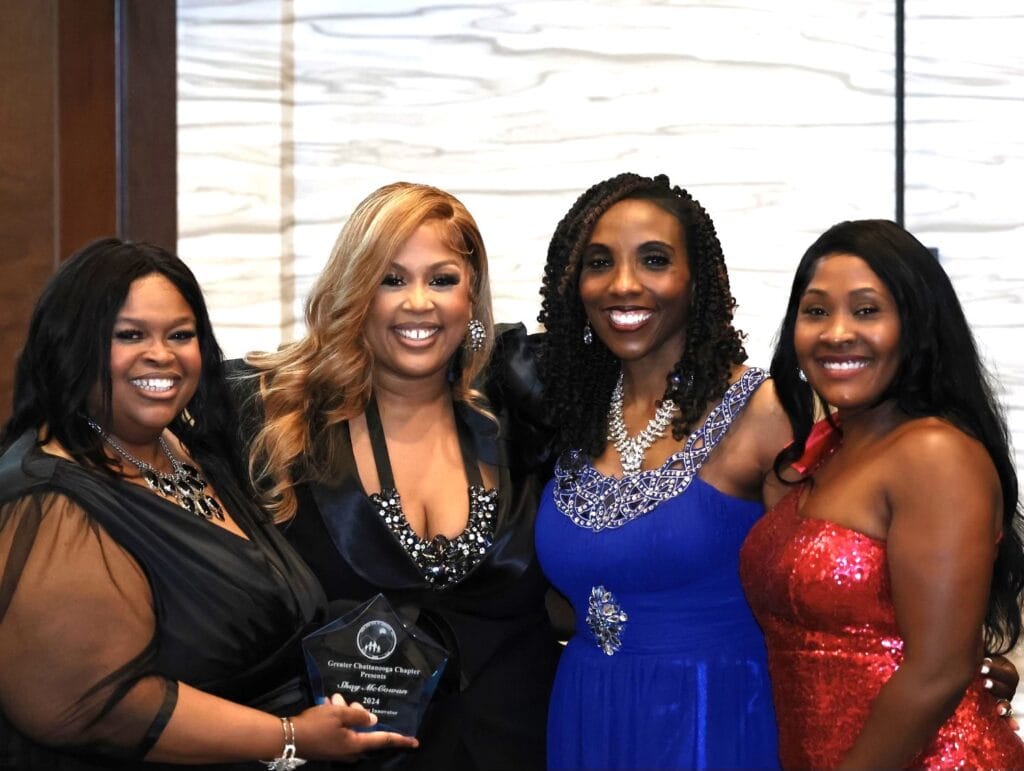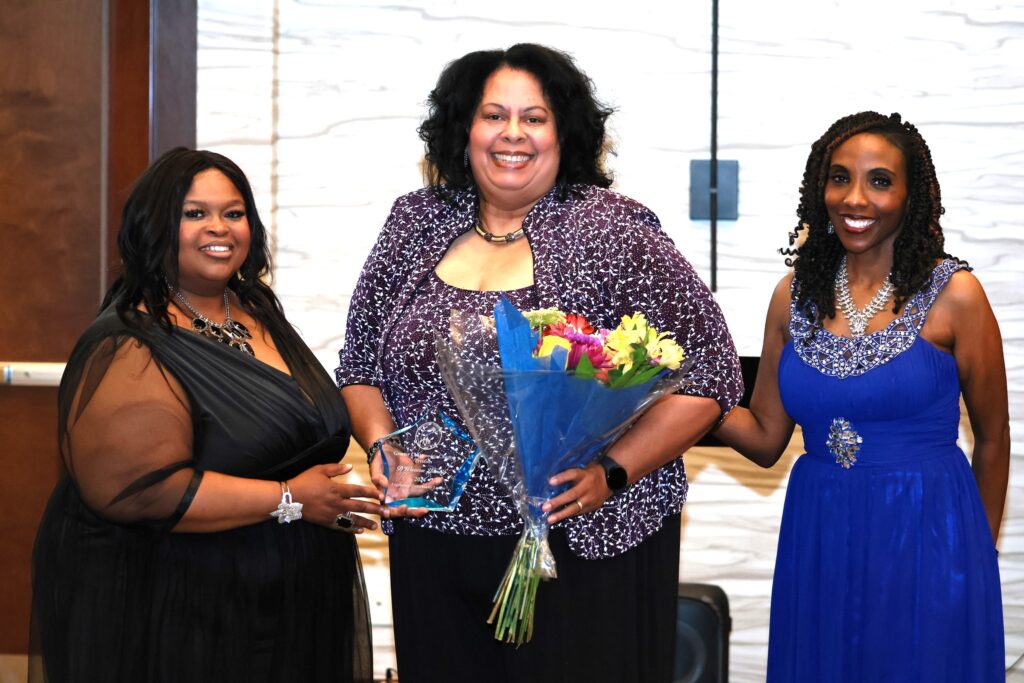In a significant step toward protecting vulnerable newborns, the Chattanooga Fire Department has installed a new Safe Haven Baby Box at Fire Station 6, offering parents in crisis a secure and anonymous way to surrender their infants.

The temperature-controlled device, located at 4510 Bonny Oaks Dr., was unveiled last Tuesday during a ceremony attended by fire department personnel, city leaders and Safe Haven officials. The installation makes Chattanooga the latest Tennessee city to join a growing network of over 280 Safe Haven Baby Box locations across the United States.
“We want parents across the entire area to know that they can turn to the Chattanooga Fire Department when they are in crisis and rest assured that their newborns will be safe,” Chattanooga Fire Chief Phil Hyman said. “This is about protecting and saving the lives of children, and we are honored to be a part of the expanding Safe Haven Baby Box program.”
The Baby Box, installed in an exterior wall of the fire station, features a secure door that, when opened, allows parents to place their newborn in a temperature-controlled environment. Once the door is closed, sensors immediately alert firefighters, who provide medical care until Hamilton County Emergency Medical Service arrives to transport the infant to the nearest hospital for evaluation.
The project came to fruition through the efforts of local resident Carol Burhenn, whose daughter adopted a son through a similar Baby Box program in Vienna, Austria. Local businessman and philanthropist Read Taylor provided the funding necessary to bring the program to Chattanooga.
Fire Station 6 was strategically chosen for its accessibility, being located near Highway 153 and major interstate systems. Parents who utilize the Baby Box will find an orange bag containing resources, including information about state protection laws, postpartum care, and a registry for sharing the child’s medical history confidentially.
The installation is protected under Tennessee’s Safe Haven Law, which legally permits parents to surrender their newborns without fear of prosecution. While mothers have 30 days to reconsider their decision, they receive an identification number to track their child’s status through the Department of Children’s Services.
Tennessee currently has 12 Safe Haven Baby Box locations, including sites in Jackson, Lawrenceburg, Springfield and Knoxville, with additional locations planned for Atoka, Rocky Top, and East Ridge. The initiative aims to eventually place at least one Baby Box in each of Tennessee’s 95 counties.
For biological fathers who may be uncertain about their child’s fate, the state offers a putative father registry. By registering, fathers can receive potential notifications if their child has been surrendered through the Safe Haven Baby Box program.
Parents in crisis can reach the Safe Haven Crisis Line 24/7 at 1-866-99BABY1 for support and guidance.













